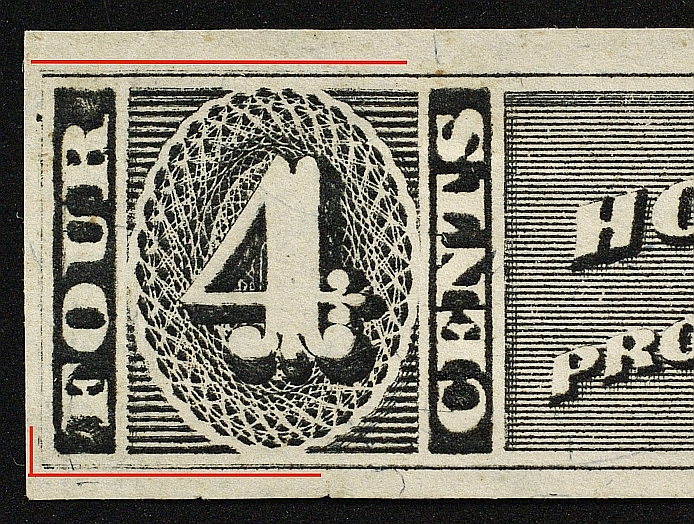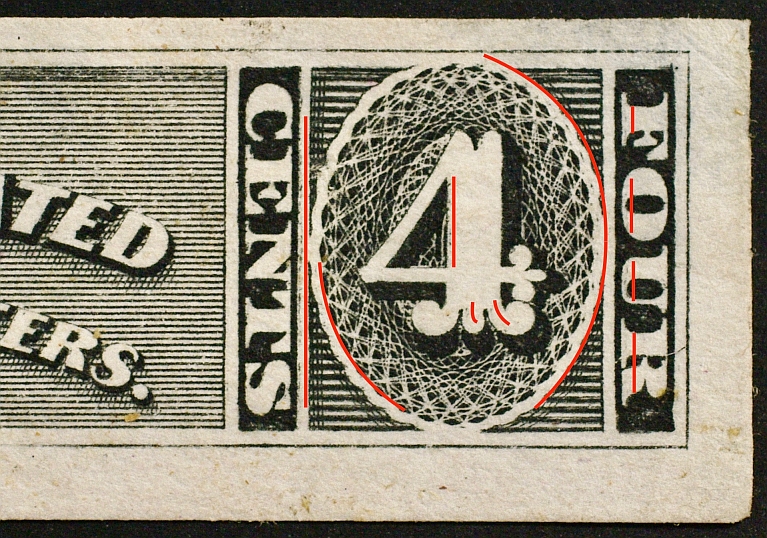

Hostetter & Smith
Hostetter Company


In the early part of the Nineteenth Century Dr. Jacob Hostetter concocted a preparation of anise, chinchona, centaury, ginger nux vomica, calamus, Culver's root, serpentaria and yerba santa "mixed with sufficient alcohol to extract their midicinal virtues." It was about a 90 proof drink, and reputedly sold over the bar as well as at drug stores.
After Jacob Hostetter's death his son David formed a partnership with George W. Smith, and in 1853 they began to market Hoffstetter's Celebrated Stomach Bitters. In 1862 they requested a four-cent private die stamp, which was first issued on January 23, 1863. In the summer of 1864 the price of a bottle of bitters was raised from a dollar a bottle to $1.50, so six-cent stamps were issued from September of that year until July, 1868. At that time the price went back down, so four-cent stamps were again issued, until February 26, 1883.
4,775,059 of the four-cent stamps were issued on old paper, 5,784,701 on silk paper and 7,110,365 on pink and watermarked papers. The copy above is printed on pink paper, though the color seems to have eluded the scanner.
2,500,618 of the six-cent stamp were issued, all on old paper.

A double impression on the four cent stamp can be seen most clearly as a doubling of the frame line above and below on the left side.

There are several slightly different double impressions known. All seem to show doubling of the left frame lines,but on some, smaller artifacts appear at the right end as well.

Although Hostetter & Smith adopted their characeristic trademark of Saint George and the dragon in 1859 they chose to put a picture of Dr. Jacob Hostetter on their stamps and a patriotic motif on their early almanacs.

Saint George does show up on this 1866 form letter. Note the different languages mentioned as available for editions of the almanac.

Sometime between 1863 and 1872 Saint George made a prominent appearance on the front of the almanacs.

David Hostetter died in 1888, and his widow and children incorporated the firm as The Hostetter Company in that year. For a time, beginning in 1889, a one-cent coupon was placed just below the label on the front of each bottle of Stomach Bitters.

After the name change in 1888 facsimile labels were used, with Jacob Hostetter facing the opposite direction.

The Hostetter Company again used private die stamps during the Spanish American War tax period. The design was similar to that of the labels, but the Hostetter portrait was again facing to the right.

An 1898 cover showing that Saint George was still serving as a logo for the company.

Almanacs with the distinctive Hostetter look were printed well into the Twentieth Century. Reputedly, during Prohibition the alcohol content of the product was severely restricted to the point where the taste became too bitter to be palatable, but this was rectified and sales continued.